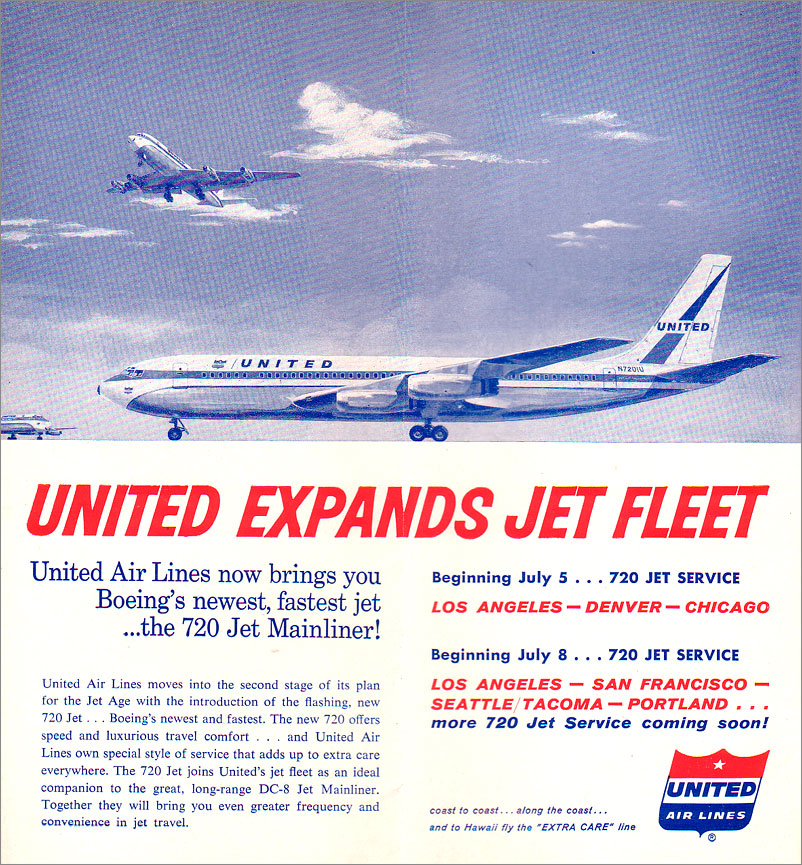Harold B. Finger:
Don [R.] Ostrander came in, and I
think he was there for a couple of years anyway, a very able guy. He
headed the program, spoke a lot on nuclear rockets, and so on. Incidentally, he came from the Defense Department and had
headed, in the Advanced Research Projects Agency, the Orion Project,
which is the bomb propulsion project. When he came-in fact, I have the book on that-when he came, he asked NASA to take it over, suggested that NASA take it over, and he asked me to lead a team to go
out and review the program, which I did. We had meetings out at
General Atomics. This guy, Ted Taylor, was busy working the program, and Freeman Dyson, a top
scientist, who was, and I
guess still is, at Princeton, was in charge of it, and it's George
Dyson, his son, who wrote that
book.
I came to the conclusion that it was a nonusable concept, and in the
meeting, I said, "Look, I can tell you what our report's going to say. We haven't
written it yet, obviously. I see no way of testing it, actually. You may talk about testing it in flight, but nobody is going to take
the chance of putting up a system that has not gone through extensive
ground testing before you
take the risk of putting it to flight and not knowing what'll happen.
And I know no place where
you could do the ground testing. I also know no place where you could
do a launch-," because
they were talking about ground launch, things like that. So,
fundamentally, I killed the program,
and that was in about '61 or '62, while Ostrander was there.
The issue kept coming up. In '63 NASA put a little money into it
because George [E.]
Mueller and some of the people on the Space Flight thought maybe it's
worth looking at, and
they wanted to set up an organization to study nuclear propulsion and
the alternatives, and I said,
"I see no reason to waste our time studying that one." And that's the
way it ended up. I've
pulled together a lot of background paper. There's one that I can't
fi d in the NASA History
Office, which troubles me, and that's a paper that I wrote rejecting
the concept. The original report. I can't find that report anyplace. So it may still be classified, for all I know. But
anyway, that was the situation.
 image from
image from

